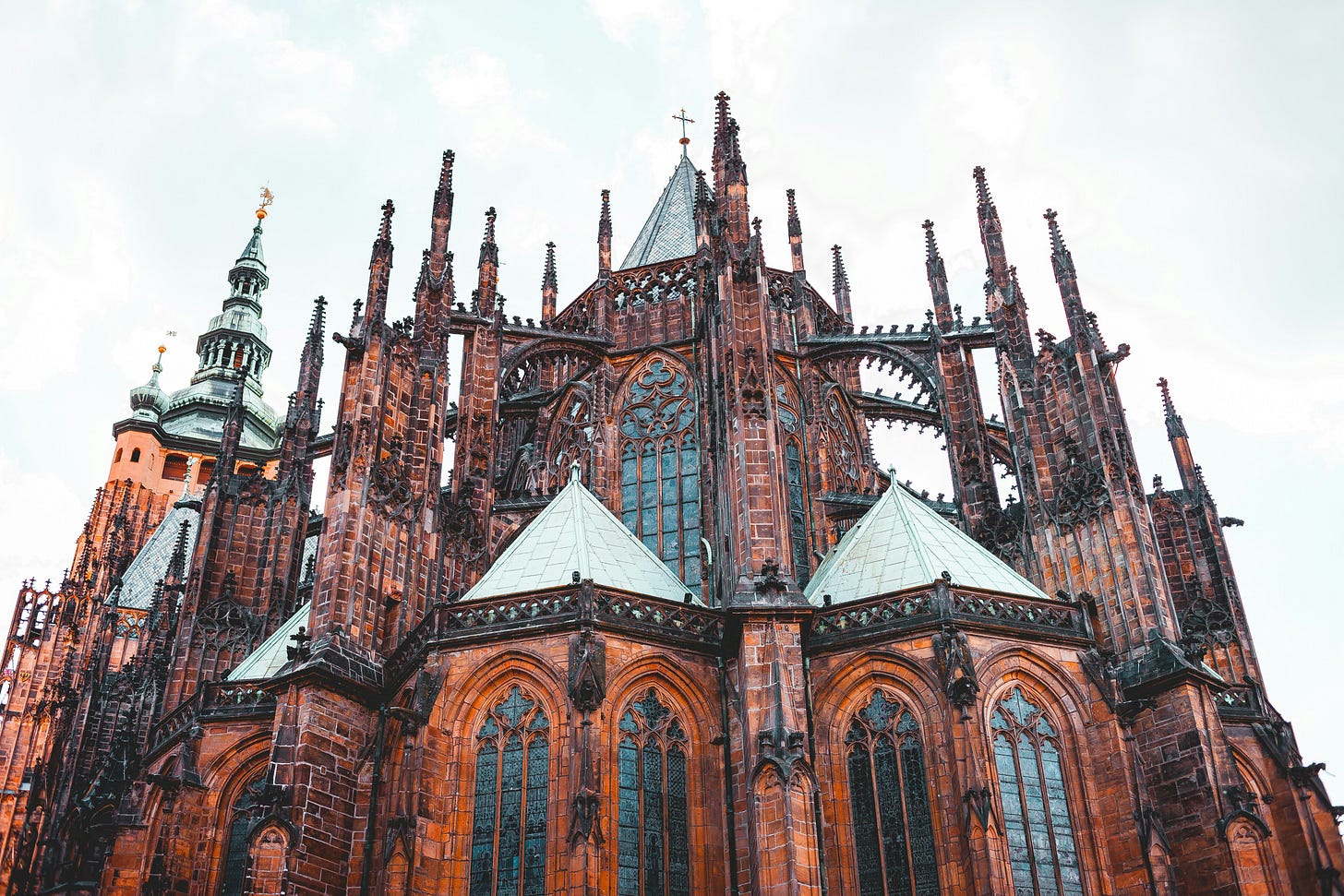AI isn't the first challenge to human creativity
A common creative worry is that what we bring to the table will become less valuable as generative AI advances, but I don’t think it’s time to panic just yet. It’s true that creatives may find ourselves less necessary for social media caption writing, basic copyediting, and removing strangers from vacation photos as AI produces more and more digital #content.
Though AI has its uses, so-called “generative” AI is far from generative. It mostly replicates the great thinking of the past. I’m highly skeptical that AI models will ever replace human ingenuity at its best.
My somewhat optimistic prediction is that what we create in its rawest, least digital form will gain even more value as a respite from the constant stream of mass-produced digital content.
Already people bristle at the Lisa Frank-esque glow of AI images, and this isn’t the first time popular tastes have rejected mechanized alternatives to art.
John Ruskin wrote extensively as the Industrial Revolution peaked in England and many tradesmen became factory laborers. He theorized that architecture reflected the labor values of its time.
Ruskin suggested that Classical architecture reflected the “servile” nature of its society, where one master intelligence directed a large number of laborers to execute his ideas exactly. The clean sometimes sterile lines reflected the single intelligence that created it.
Alternatively, he held up Gothic architecture as an example of what can be achieved when laborers express their creativity.
Characteristics of the Gothic
Savageness
Changefulness
Naturalism
Grotesqueness
Rigidity
Redundance
Ruskin’s argument for the superiority of Gothic architecture due to the independence of the workers who built it has clear implications for his time, when machines were replacing craftsmen, but it speaks to our own moment too.
AI models like the factories before them are faster, better at standardizing, but ultimately less creative. Sure, factories replaced skilled laborers as the primary manufactures of drinking glasses, but they’ve hardly killed pottery as an art form. There’s a reason why people are willing to pay 30 to 70 dollars for a handmade mug on etsy but only 10 or 15 at Target.
The Arts and Crafts Movement developed after Ruskin’s writing and emphasized the kind of handmade, rugged artistry he valued. I predict there will be a similar pushback against AI-created art, just like there’s a pushback against cheaply made factory goods.
We crave the spark of humanity that’s injected into handmade, personalized art. The reason why machine-driven industries still thrive is that we can’t all afford a handmade mug, not to mention a doorknob or an engine block!
For writing, I’m fine with letting AI write the metaphorical “engine blocks” of our time. This of course means some of the more production-oriented creative jobs will inevitably fall to AI, but the best most innovative, mold-breaking work will still need a human touch humans, because we’re the best.




Great piece! I'm more pessimistic about how AI will impact the time and attention required for creative jobs, bc too many people value quantity over quality, let alone human ingenuity, but I agree (and hope you're right) that in some areas we'll see increased interest in the handmade and human-made. My pet theory and hope is that as the online world becomes increasingly fake, the value of in-person experience will become increasingly obvious.
P.S. "Lisa Frank-esque glow" is a PERFECT description. Human writing ftw 👏
This is a great take. I also wonder if small concert venues will rise in popularity, maybe taking interest away from large stages where the performer is at a great distance from the audience.